Understanding the darts score rules is crucial for enjoying and excelling at this popular game. This article will break down the fundamental darts score rules, explaining how scoring works and offering tips for improving your game. We’ll also cover some common scenarios and strategies to help you become a more confident darts player.
⚠️ Still Using Pen & Paper (or a Chalkboard)?! ⚠️
Step into the future! The Dart Counter App handles all the scoring, suggests checkouts, and tracks your stats automatically. It's easier than you think!
Try the Smart Dart Counter App FREE!Ready for an upgrade? Click above!
Before diving into the specifics, let’s establish the basics. A standard game of darts uses a dartboard with numbered segments, each worth a specific point value. The objective is to achieve a predetermined score, usually 301 or 501, by throwing darts and deducting their total score from the starting points. You must finish on a double or bullseye (depending on the game variation). Mastering the darts score rules is the first step towards becoming a proficient player.
The game involves strategic planning and precision aiming, as simply throwing high-scoring darts isn’t enough. You need a game plan, and that plan must align with your skill level. There are many different games that use the same darts score rules, and each has slightly different nuances. But the core rules and scoring methodology will still remain the same.
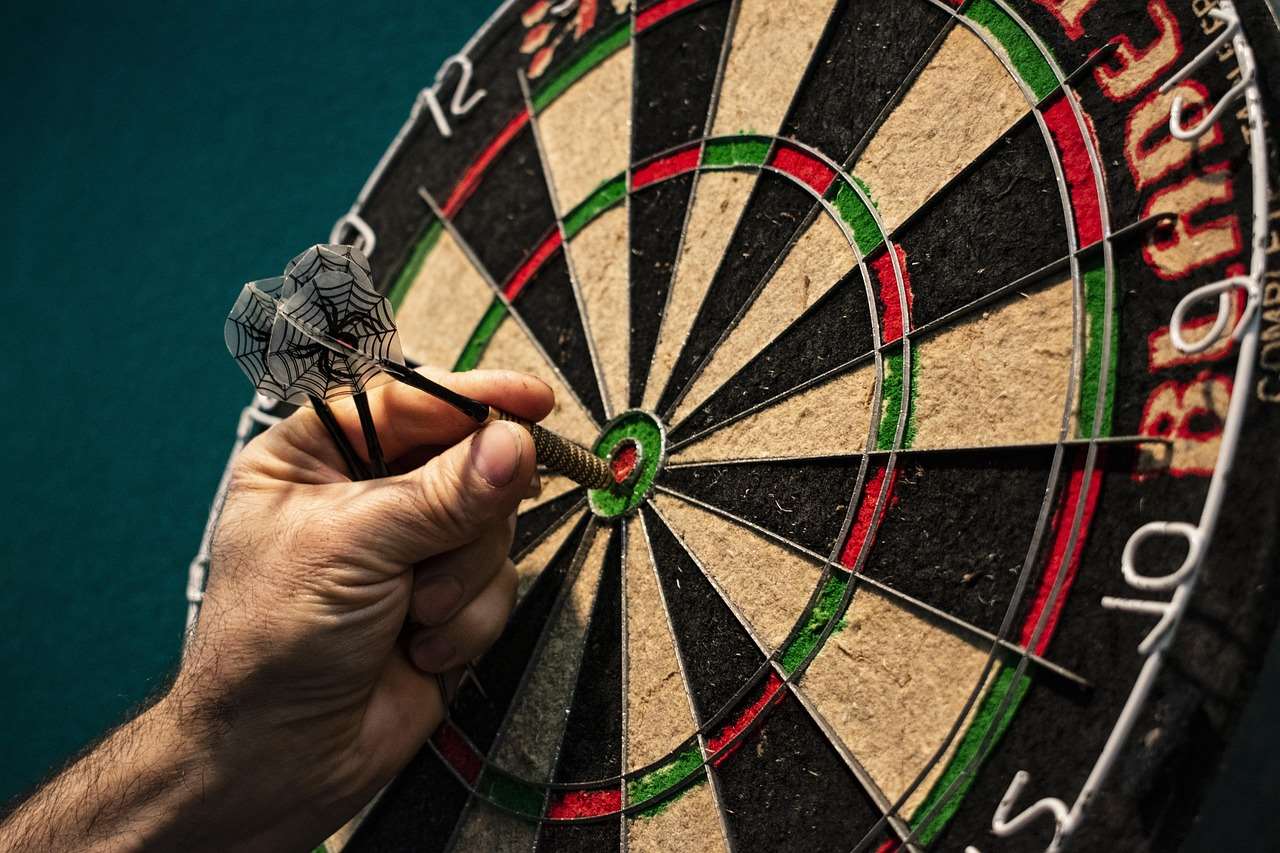
Understanding the Dartboard and its Numbers
The standard dartboard is divided into 20 numbered segments, arranged in a circular pattern. Each segment has a double and triple ring surrounding the main number. The bullseye in the center is worth 50 points, and the inner bullseye (or single bull) is worth 25 points. Understanding the location of these numbers and their associated points is fundamental to mastering the darts score rules. This is where practice and familiarity with the board become incredibly important.
Scoring Basics
Every dart that lands in a numbered segment earns you the points value of that segment. If a dart lands in the double ring of a segment, you get double the points of that segment (e.g., a dart in the double 20 is worth 40 points). Similarly, landing a dart in the triple ring triples its value (e.g., a dart in the triple 20 is worth 60 points).
Let’s say you are playing a 301 game. You throw three darts: one in the triple 20 (60 points), one in the double 10 (20 points), and one in the single 15 (15 points). Your total score for that round would be 60 + 20 + 15 = 95 points. This would then be deducted from your starting score of 301. This simple calculation is at the heart of the darts score rules.
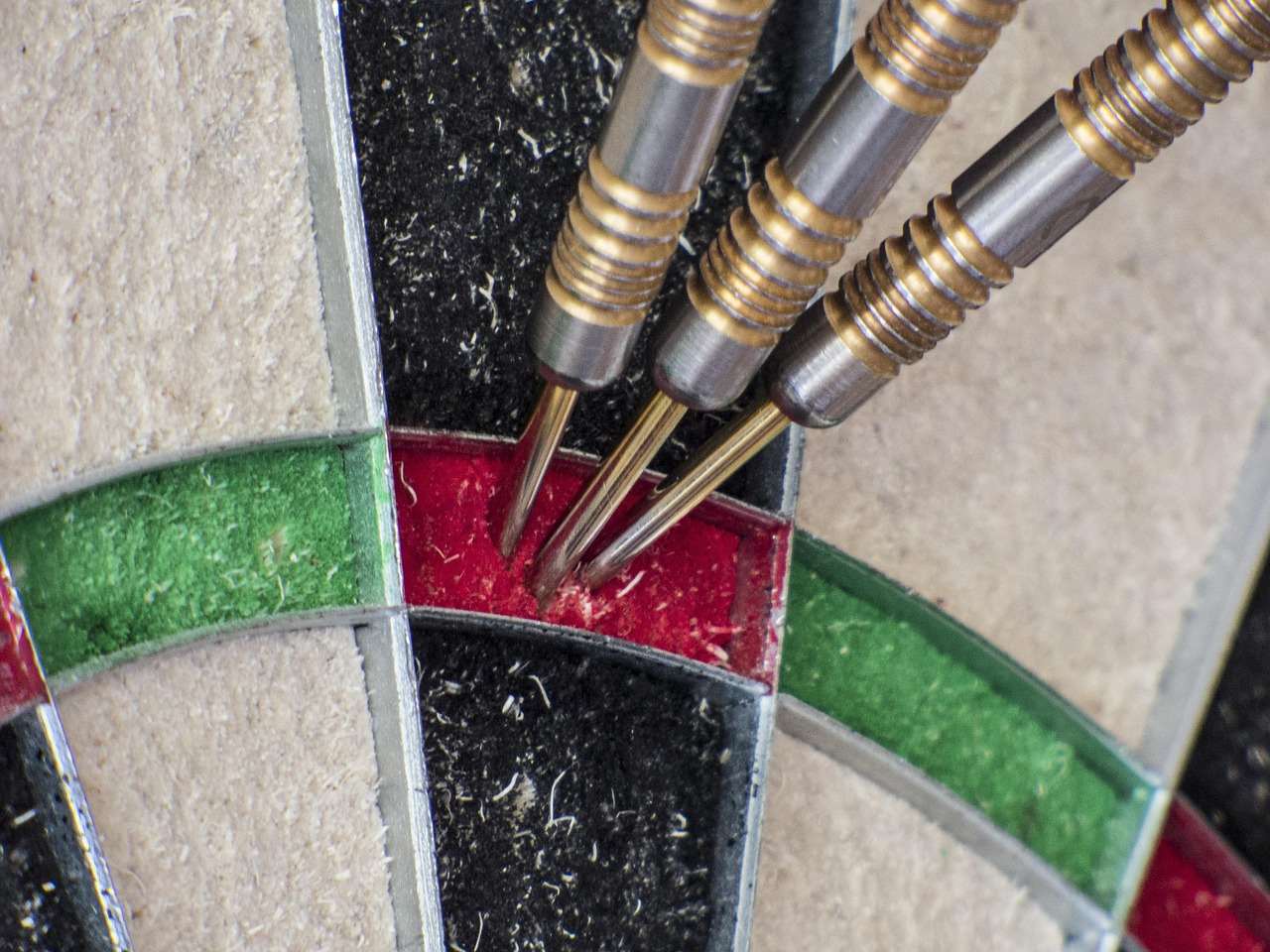
Common Dart Games and their Scoring Variations
While the fundamental darts score rules remain consistent across various games, certain variations exist. Some popular games include:
- 301: Start with 301 points. Subtract your score each turn. Must finish on a double or bullseye.
- 501: Similar to 301, but start with 501 points.
- Cricket: A different scoring system; you need to “close” numbers by hitting them more times than your opponent. Points are only scored after you have closed a number, and the total is calculated differently from 301 and 501.
- Around the Clock: Hit each number in numerical order (1 through 20, then the bullseye).
Understanding these variations and the specific rules of the game you are playing is crucial to ensure fair play. Many variations exist within the general darts score rules; you must ensure you’re always using the same methodology.
It’s important to note that some games, particularly those played in professional settings, might have additional or slightly modified rules, such as “busting” (going below zero) or specific finishing requirements. These details often vary by league or tournament and will need to be confirmed before the game.
Tips and Strategies for Improved Scoring
Beyond simply understanding the darts score rules, mastering the game requires strategy and practice. Here are some tips:
- Practice your aim: Consistent accuracy is key. Spend time practicing your throw, focusing on your grip, stance, and follow-through.
- Target high-scoring areas: Aim for the triple and double rings whenever possible to maximize your points.
- Develop a finishing strategy: Planning your final throws to finish on a double or bullseye is crucial. The pressure of this final throw is often higher than others, and it’s usually where games are won or lost.
- Play regularly: Consistent practice helps you develop muscle memory and improve your accuracy.
- Analyze your game: Review your scores and identify areas for improvement.
Remember that consistent practice and understanding the darts score rules are key to success. Knowing what scoring to aim for and how to close out your game will greatly improve your playing strategy.
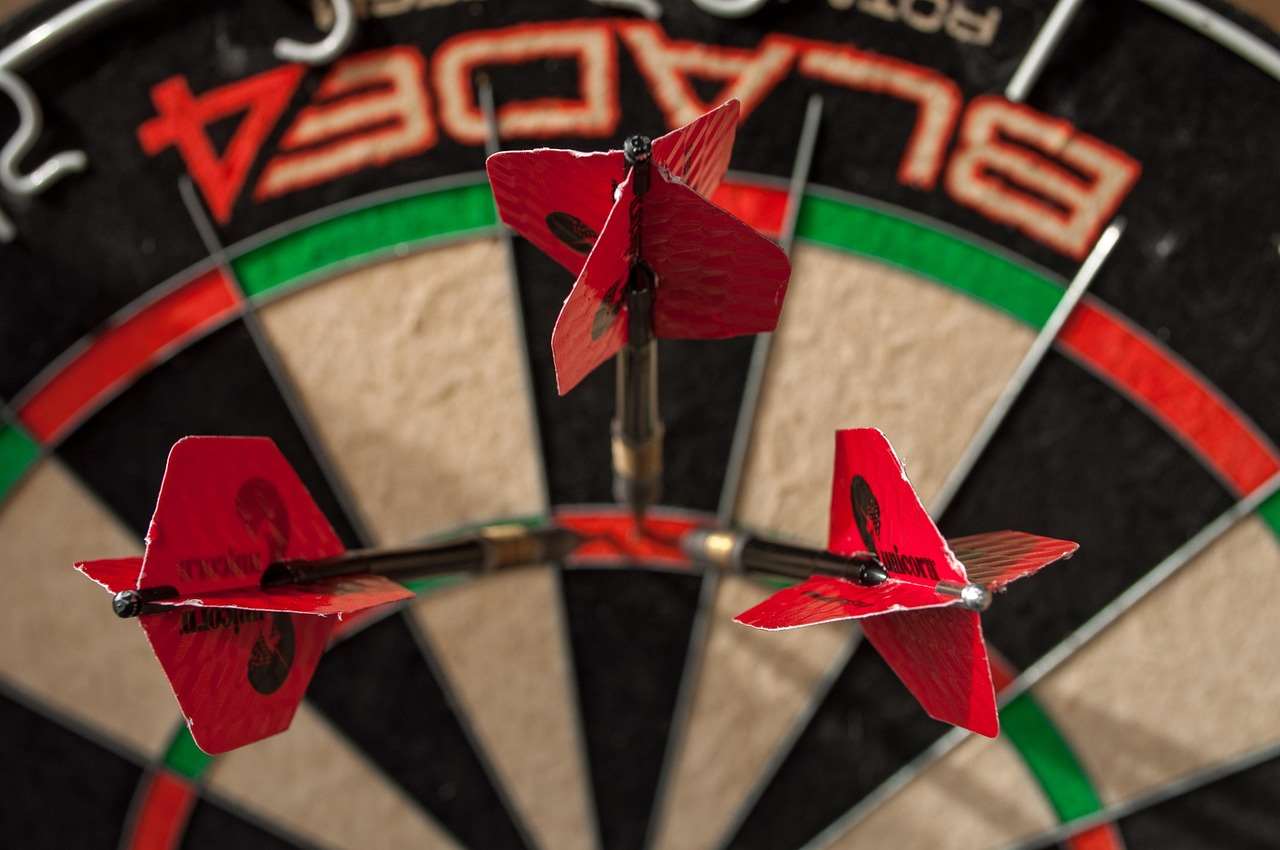
Busting and Finishing the Game
One crucial aspect of darts score rules is the concept of “busting.” This occurs when your score after a turn goes below zero. For example, in a 301 game, if your remaining score is 50 points, and you score 60 points in a single turn, you have “busted.” In most games, a bust results in no change to your score, meaning you’ll still have 50 points to start your next turn. If you start to think you’re near to the end of a game, understanding how to avoid busting is a key element of success.
Finishing the game involves hitting a double or the bullseye to reach exactly zero. This can often be the most challenging part of the game, requiring careful calculation and precise aim. In fact, it’s often said the ability to win when it matters most comes down to one’s ability to finish the game successfully; it’s easy enough to understand the basics of darts score rules, but the skill lies in knowing exactly when to go for a high score versus a safe score.
The final throws can be extremely pressure-filled, which is why understanding how to mentally prepare before that final dart becomes an important skill. The thrill of winning on the last possible dart can often be a defining moment for a darts player’s success. This ability to handle pressure is often more important than understanding the basic darts score rules.
Using a Digital Scorekeeper for Darts
While you can certainly keep score manually, utilizing a Digital dart score app significantly simplifies the process, especially in longer or more complex games. These apps automatically track scores, preventing errors, and allowing you to focus on your throw. They often offer different game modes and features, making them a valuable asset for both casual and serious players.
Many digital scorekeeping apps exist, each with unique features. Some are specifically designed for certain dart games, and they might offer advanced scoring features, such as statistics tracking and score analysis, to help you improve your game. These apps can often make it easier to understand the intricacies of the darts score rules, as they often automatically handle scoring calculations and check for busting.
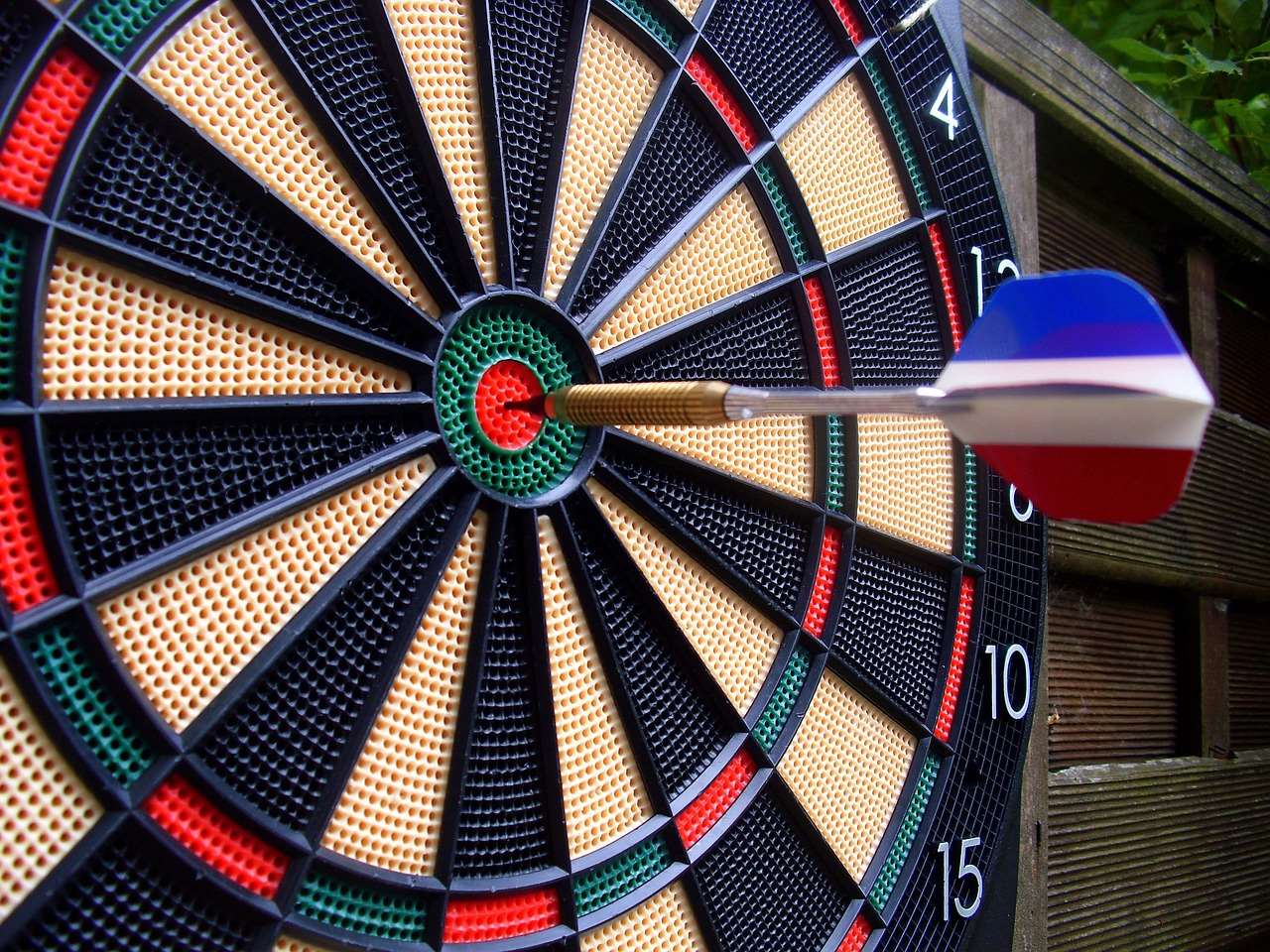
Exploring Different Dart Games and Variations
While 301 and 501 are the most common games, many other variations exist, each with its own nuances and strategies. Exploring these different games can add variety to your gameplay and help you develop a broader understanding of darts score rules.
Some less common variations include Shanghai, Killer, and Golf. These games introduce different scoring systems and strategies, pushing you to adapt and refine your skills. Mastering these variations can be a rewarding experience, further enhancing your appreciation for the game.
Consider exploring local leagues or tournaments to experience different game formats and interact with more experienced players. Engaging with others often improves your understanding of darts score rules through hands-on experience and peer guidance.
You might also find yourself enjoying watching professional darts matches. Catching a match on TV can provide a deeper insight into both the strategy and athleticism involved in the sport. It’s easy to simply understand the darts score rules, but watching pros play helps you truly appreciate the strategy of a well-played game. Remember to check the schedule for darts the masters on tv to catch some of the best players in action.
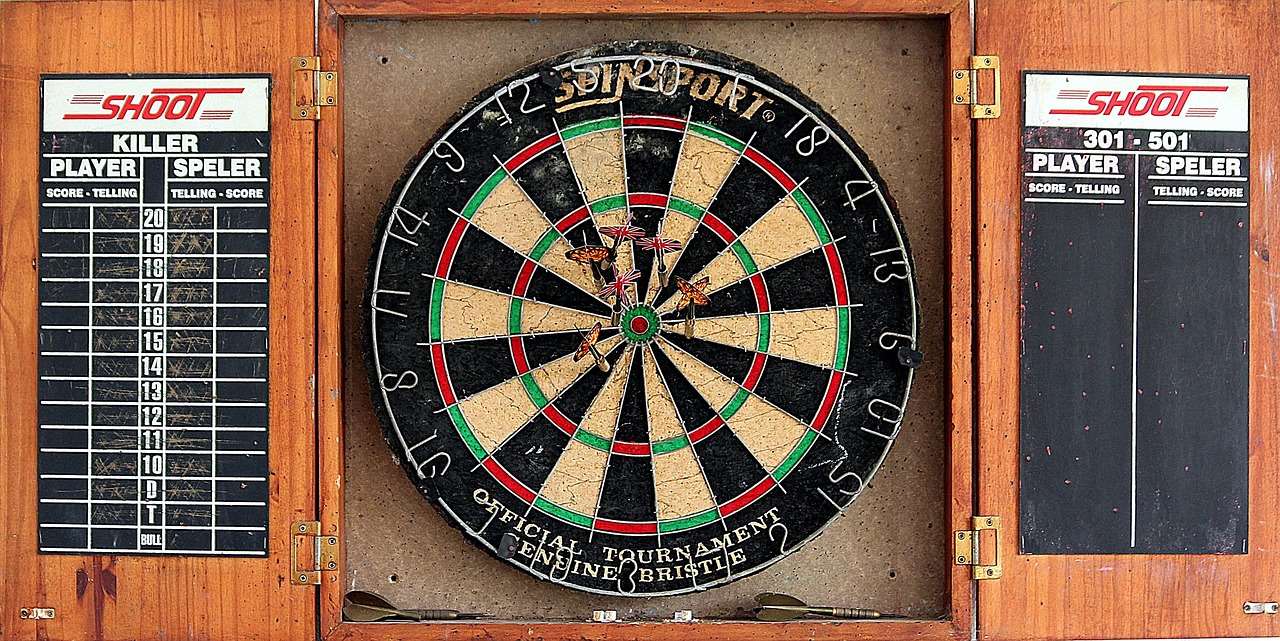
Conclusion
Mastering the darts score rules is the foundation for enjoying and excelling at darts. Whether you’re a casual player or aiming for competitive success, a solid understanding of the scoring system, game variations, and strategic approaches is vital. Remember to practice regularly, analyze your game, and don’t be afraid to explore different game types. With dedication and practice, you can significantly improve your game and experience the thrill of victory. Consider looking into what some of the biggest players win, perhaps you’ll be inspired to aim for a similar level of success yourself by researching how much does the darts masters winner get and setting your own personal goals.
So grab your darts, head to the board, and start practicing! Remember, the journey to becoming a darts expert starts with understanding the fundamentals. And remember to check out some of our other articles on darts: you might want to check out what are the best darts points to make sure you’re using the right darts, or check out darts hollywood finish if you’re feeling adventurous.
Happy throwing!
Hi, I’m Dieter, and I created Dartcounter (Dartcounterapp.com). My motivation wasn’t being a darts expert – quite the opposite! When I first started playing, I loved the game but found keeping accurate scores and tracking stats difficult and distracting.
I figured I couldn’t be the only one struggling with this. So, I decided to build a solution: an easy-to-use application that everyone, no matter their experience level, could use to manage scoring effortlessly.
My goal for Dartcounter was simple: let the app handle the numbers – the scoring, the averages, the stats, even checkout suggestions – so players could focus purely on their throw and enjoying the game. It began as a way to solve my own beginner’s problem, and I’m thrilled it has grown into a helpful tool for the wider darts community.